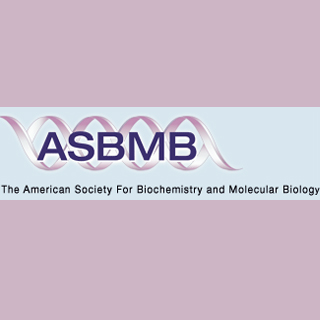
CstF-64 stands for cleavage stimulation factor-64. It apparently executes innumerable activities necessary to keep its parent cell safe and sound. Hockert’s team was said to be predominantly attracted to the protein since it is believed to regulate polyadenylation, a necessary step in gene communication that seems to engage tacking on information to genetic messages.
Hockert, who is now an assistant professor at the University of the Cumberlands in Williamsburg, Ky, commented, “Previously, it had been very hard to examine the functions of most of the polyadenylation proteins in cells because polyadenylation is essential for ‘life as we know it.’ If we perturbed polyadenylation in any way, the cells died, and we could not measure anything.â€
Hockert embarked to examine, in a living cell, how the intangible CstF-64 relocates from its dwelling base in the cytoplasm, or external area of a cell, to the nucleus, where genetic messages stem from. When it comes to CstF-64, apparently, location seems to be a major factor. Only after it is in the nucleus, can it begin its function in the polyadenylation procedure, getting the messages prepared to be taken out to worker molecules in the cytoplasm.
McDonald, an associate professor at Texas Tech who oversaw Hockert’s work, quoted, “Andrew realized we can make a version of the protein that is different than the regular version already in the cell. We can mutate it. And, if you put that mutated version of the protein in the cell, it only works on the genes we tell it to work on and not the rest. So, it doesn’t kill the cell.â€
McDonald added, “The feature Andrew chose to examine was how CstF-64 interacted with another polyadenylation protein and how that interaction allowed both those proteins to work inside the nucleus.â€
Even if CstF-64 is said to be quite important to gene expression, it doesn’t seem to accurately have ‘VIP’ rank when it comes to getting entry into the nucleus. Since it doesn’t have a nuclear localization signal, apparently it has to depend on its partner protein, CstF-77, to blaze a trail and enter the door.
Hockert explained, “We already knew the sequence of our protein, CstF-64, and so we knew it didn’t have a special signal to get it in the nucleus. So, we hypothesized something else was dragging it in, and the most likely thing was a partner protein working alongside it.â€
As the mutant version of the protein was in place, the team supposedly soon found that their theory was right. CstF-64 apparently had to connect with CstF-77 to access the cell’s command center. Additionally, McDonald mentioned the team could account which portion of CstF-64 attaches with its partner, the hinge domain.
After conquering the cell-death obstruction and corroborating the importance of the ‘hinge’ domain for nuclear localization, the scientists apparently anticipate that their procedure could be used by future scientists to check a range of protein-protein interactions in living cells. Also they expect that it could be used to comprehend the cell’s polyadenylation machinery in a better way.
The study was published in the Journal of Biological Chemistry.
